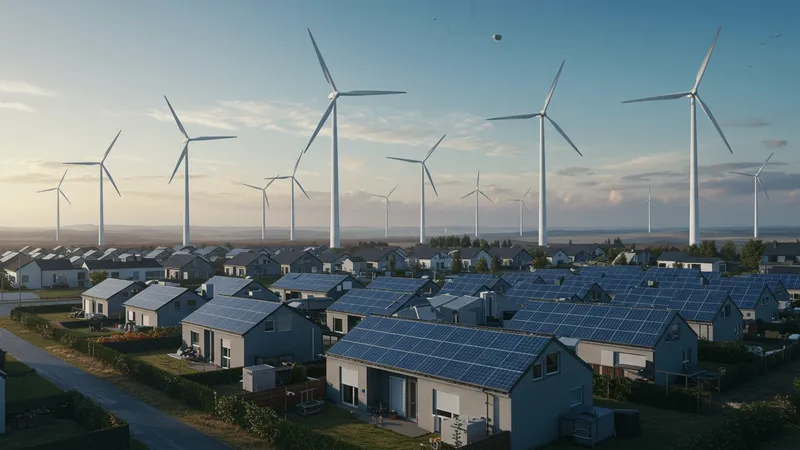
Renewable Energy & Green Technologies: Powering A Sustainable Future
Economic and Environmental Benefits of Green Technologies
Embracing renewable energy and associated technologies sparks both economic and environmental advantages. Deploying systems like the Vestas onshore turbines drives down greenhouse gas emissions by replacing traditional coal or natural gas plants. Reports consistently show significant drops in air pollutants wherever wind and solar infrastructure are adopted at a meaningful scale.

From an economic perspective, installing products such as the SMA Sunny Boy inverter with a residential solar array creates value by reducing households’ reliance on centralized grids. This often translates to long-term energy cost reductions, with surplus energy even flowing back into the grid in many countries, generating additional savings and stabilizing broader energy markets.
Battery solutions like Tesla Powerwall fortify resilience in the face of outages and peak demand, helping utilities better manage periods of high consumption. By storing clean energy when it’s most abundant, these devices also lessen the need for backup fossil fuel generation, which can be expensive and environmentally taxing.
As governments and businesses weigh their environmental impact, incentives for green technology adoption are intensifying. This drives further investment in renewables, building a positive feedback loop: the more these tools are deployed and refined, the more competitive and accessible they become. The journey toward a truly sustainable future hinges on the strategic adoption of these powerful green technologies.